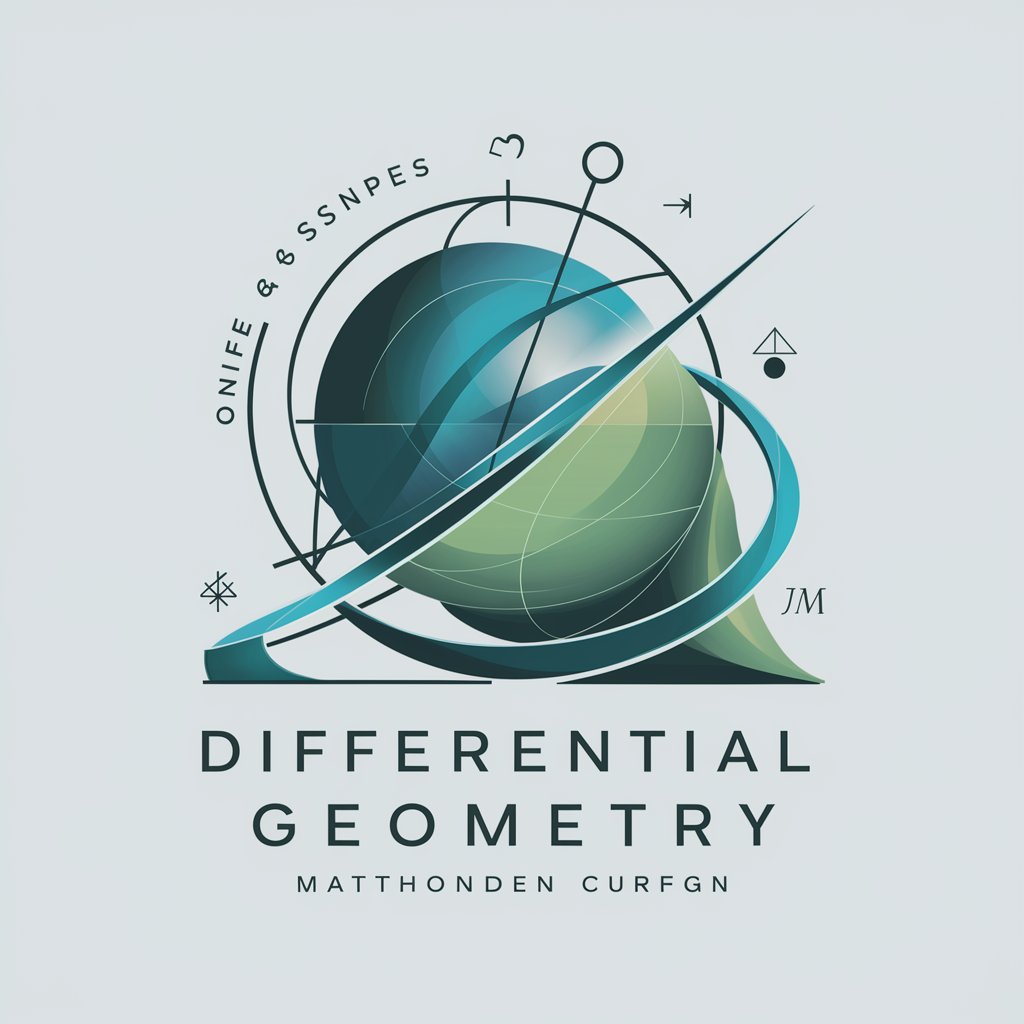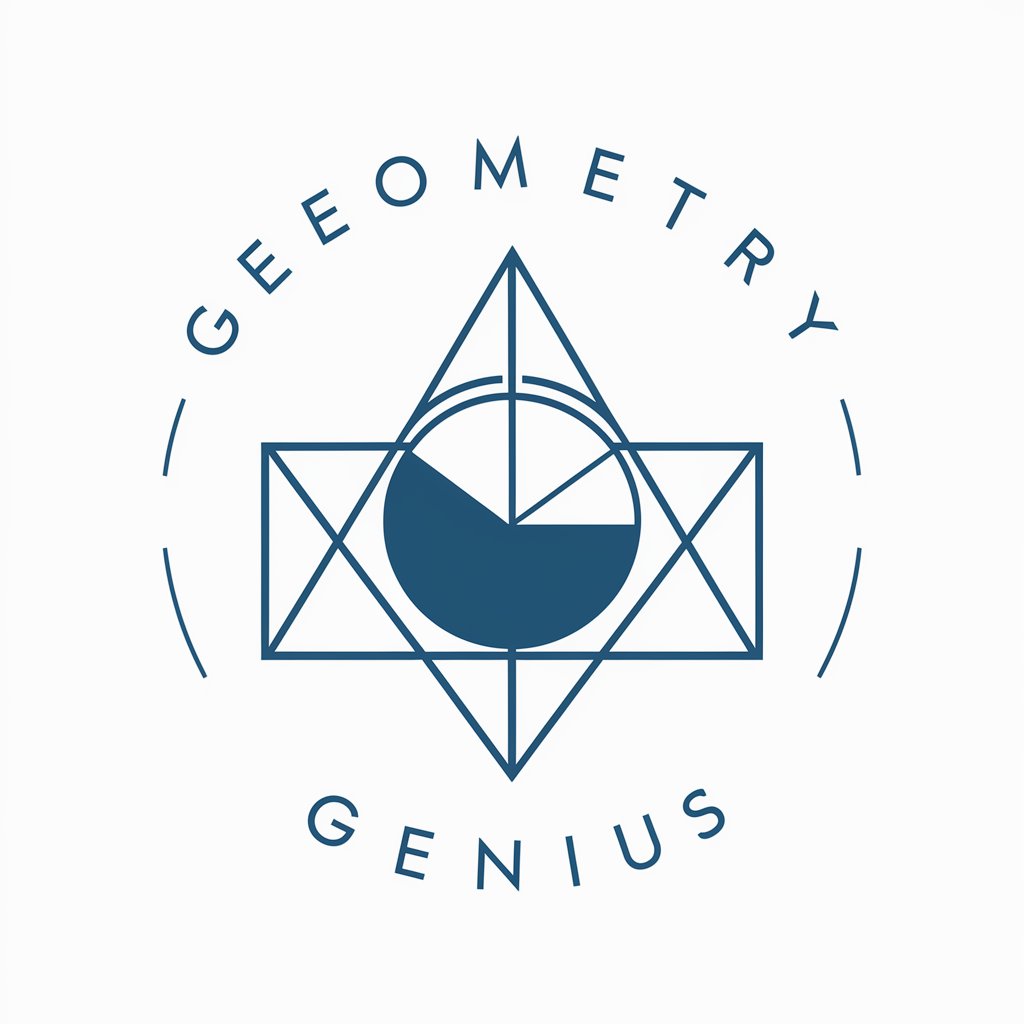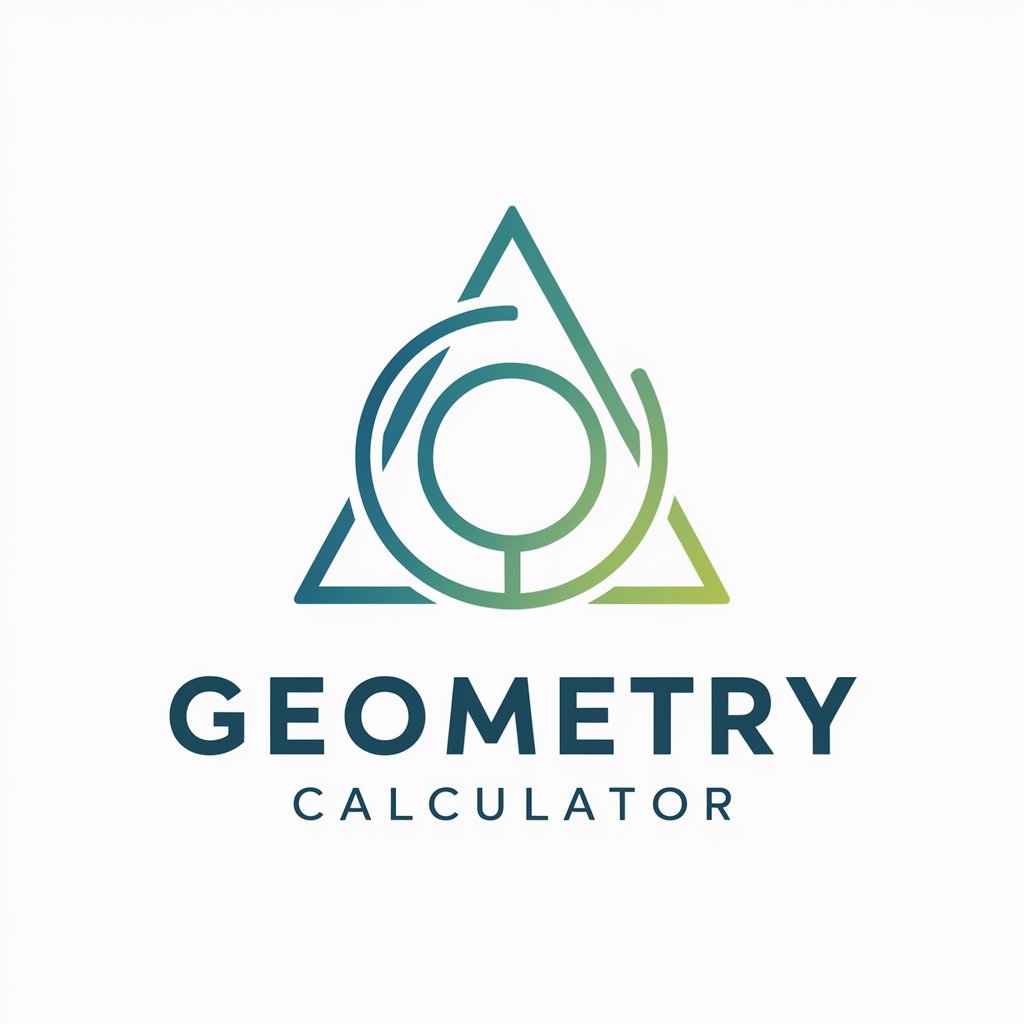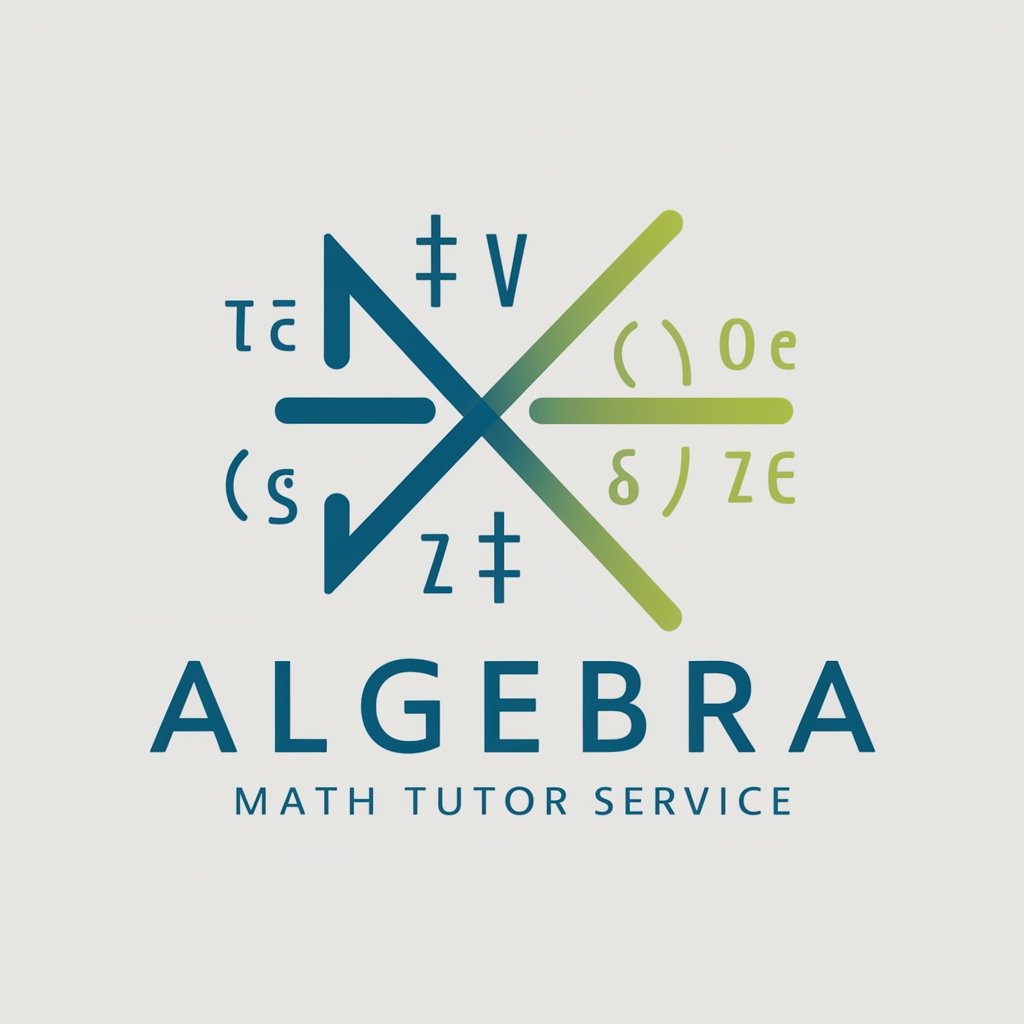
Differential Geometry-AI-powered Differential Geometry Solver
AI-powered tools for Differential Geometry insights

Dedicated to solving complex problems in differential geometry and Calculus 3.
Explain the concept of curvature.
How do you find the volume of a shape using triple integrals?
Derive the formula for the surface area of a torus.
What is the Gauss-Bonnet theorem?
Get Embed Code
Introduction to Differential Geometry
Differential Geometry is a field of mathematics that studies the properties and behaviors of geometric objects, such as curves and surfaces, using the tools of calculus and linear algebra. The primary purpose of Differential Geometry is to understand the shape, curvature, and structure of objects in a continuous, smooth way. It combines concepts from both geometry and analysis to explore how objects behave locally and globally. While classical geometry deals with shapes in Euclidean space, differential geometry extends this by considering spaces that are more general and can have curvature, making it a critical tool in fields ranging from theoretical physics to computer graphics. In practice, differential geometry involves analyzing and measuring geometric properties like length, area, volume, curvature, and torsion on various surfaces or manifolds. A key concept is the 'manifold,' which is a space that locally resembles Euclidean space but can have more complex global properties. For example, the surface of a sphere is a 2-dimensional manifold, as small patches of the sphere resemble flat 2D planes, but globally it has curvature. Applications of differential geometry are abundant: from understanding the curvature of spacetime in General Relativity toDifferential Geometry overview the design of smooth, aerodynamic surfaces in engineering.
Main Functions of Differential Geometry
Curvature analysis
Example
Gaussian curvature of a surface
Scenario
In architecture, understanding the curvature of surfaces is crucial for designing stable, visually appealing structures. For instance, the curvature of a dome in a building is analyzed using differential geometry to ensure its stability and aesthetic appeal. By calculating the Gaussian curvature, engineers can predict how the dome will distribute weight and resist forces.
Geodesics and shortest paths
Example
Calculating the shortest path on a curved surface
Scenario
In navigation, finding the shortest path between two points on a spherical surface (e.g., the Earth) requires differential geometry. The concept of geodesics—paths that represent the shortest distance between two points on a curved surface—applies directly to the calculation of flight paths, like the great-circle routes taken by airplanes.
Surface modeling and mesh generation
Example
3D surface modeling in computer graphics
Scenario
In computer graphics, 3D surfaces and shapes are often modeled using differential geometry to generate smooth, realistic surfaces. For example, when creating a character model in video games or animation, differential geometry helps in ensuring the surfaces of the model are smooth and free of distortions. Techniques like Bézier surfaces, which rely on differential geometry, are used to generate smooth curves and surfaces.
Ideal Users of Differential Geometry Services
Theoretical Physicists
Theoretical physicists, particularly those working in fields like General Relativity, quantum field theory, and string theory, are ideal users of differential geometry. These physicists rely on differential geometry to describe and analyze spacetime, curvature, and gravitational effects. The study of the curvature of spacetime, which is central to understanding gravity in Einstein's theory of relativity, requires an understanding of Riemannian geometry, a branch of differential geometry.
Engineers (Aerospace, Mechanical, Civil)
Engineers working in fields such as aerospace, mechanical, and civil engineering frequently use differential geometry to design structures, analyze forces, and understand the properties of materials under stress. For example, aerospace engineers use differential geometry to design aerodynamic surfaces of aircraft, calculating the curvature of wings to minimize drag and maximize lift. Civil engineers may use it to model the curvature of roads, bridges, or tunnels.
Computer Graphics and Animation Artists
Professionals in the field of computer graphics and animation use differential geometry to model and render realistic surfaces in 3D. Artists and software engineers rely on differential geometry to ensure smooth surface transitions, realistic reflections, and animations. It is also crucial for generating accurate and efficient mesh structures, which are used in rendering complex scenes in movies or video games.
How to Use Differential GeometryDifferential geometry guide
Start with a Free Trial
Visit aichatonline.org for a free trial, no login or subscription required, to explore the basics and advanced features of Differential Geometry.
Understand the Prerequisites
Make sure you have a solid understanding of basic mathematics, especially calculus, linear algebra, and topology. Familiarity with tensor calculus, manifolds, and vector fields will enhance your experience.
Choose an Appropriate Use Case
Identify your specific application—whether it's theoretical research in mathematical physics, engineering applications, or machine learning tasks such as curvature-based feature extraction.
Implement Computational Tools
Leverage advanced computational tools, such as Python libraries (e.g., SymPy, NumPy) or software like Mathematica, which allow for the visualization and manipulation of differential geometric concepts like geodesics and curvature.
Optimize Your Workflow
Use visualization tools to understand geometrical concepts better. For complex problems, break them down intoHow to use Differential Geometry simpler steps, and integrate computational tools to solve problems with higher accuracy and efficiency.
Try other advanced and practical GPTs
Geometry Genius
AI-powered Geometry Solutions, Simplified

Geometry Calculator
AI-powered Geometry Calculator for precision

Conselheiro Jurídico Empresarial
AI-powered business legal advice at your fingertips.

IAM Multitool Expert
AI-powered tools for every task.

책 교정, 교열, 윤문 전문가
AI-powered corrections for flawless writing.

Harry Potter Lovely Toy
Interactive magical fun with AI-powered features.

Backend Mentor
AI-powered solutions for writing, coding, and more.

APA 7 Formatting Style
AI-powered APA formatting at your fingertips

Resume Formatter Pro
AI-powered formatting for perfect resumes.

ショート動画生成エージェント
AI-powered short video creation made easy.

Bakery Recipe Creator
AI-powered custom baking recipe generator

SN-Sage
AI-powered text generation for diverse needs

- Machine Learning
- Mathematical Physics
- Surface Design
- Path Planning
- Shape Analysis
Frequently Asked Questions About Differential Geometry
What is Differential Geometry?
Differential Geometry is the study of geometrical structures and properties of smooth manifolds, involving concepts like curvature, geodesics, and differential forms. It's key in physics (e.g., General Relativity) and other disciplines like machine learning and computer vision.
What are the key applications of Differential Geometry?
Differential Geometry has wide-ranging applications including physics (e.g., General Relativity), robotics (path planning), engineering (surface design), and computer science (image recognition, shape analysis). It’s also used in data science for dimensionality reduction and manifold learning.
How do you compute the curvature of a surface?
To compute the curvature of a surface, you can use the second fundamental form and the concept of normal vectors. For a 2D surface embedded in 3D space, you can calculate Gaussian curvature by using the eigenvalues of the shape operator.
What is the significance of geodesics in Differential Geometry?
Geodesics are the shortest paths between two points on a curved surface. In physics, they describe the trajectories of free-falling objects in curved spacetime, and in mathematics, they generalize straight lines in curved manifolds.
What is a manifold in Differential Geometry?
A manifold is a topological space that locally resembles Euclidean space, meaning that small neighborhoods around each point are homeomorphic to Euclidean spaces. Manifolds are central in Differential Geometry because they serve as the settings for differential operations.




